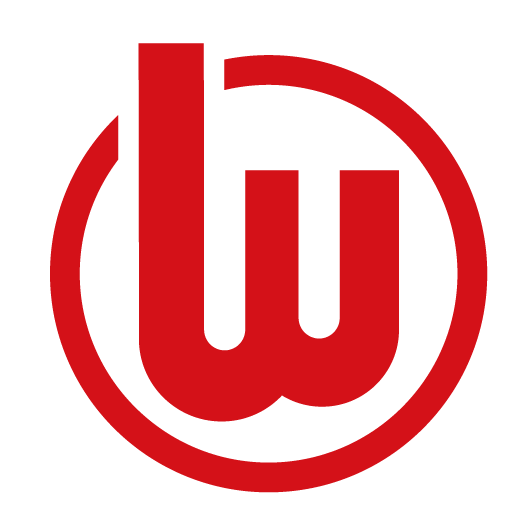The modern industrial landscape is fundamentally shaped by precision, efficiency, and reliability. At the core of countless manufacturing and processing operations, the industrial heating tube stands as a critical component, quietly powering progress across diverse sectors. As industries evolve, so do the technologies that support them, and we are currently witnessing a significant trend analysis that points towards smarter, faster, and more durable heating elements. This evolution is not just about getting things hot; it's about achieving specific thermal profiles with unparalleled accuracy and energy efficiency.
Emerging Trends in Resistance Tube Design and Materials
In recent years, the focus on resistance tube design has intensified, moving away from generic models towards highly specialized solutions. The primary trend is the strategic use of advanced materials to enhance performance and longevity. A prime example is the ubiquitous stainless steel heating tube, which continues to be a top choice due to its excellent corrosion resistance, high-temperature strength, and hygienic properties. However, innovation doesn't stop there. Current trends involve developing proprietary alloys and coatings that further improve heat transfer efficiency and resistance to harsh chemical environments. This meticulous approach to material science, championed by manufacturers like GUANGDONG WEBO TECHNOLOGY, ensures that every component meets rigorous ISO 9001 and ISO 14001 standards, providing end-users with a product they can trust.
The Rise of Quick Heating Elements in Industrial Processes
Time is a critical resource in any industrial setting, and reducing cycle times is a constant goal. This has fueled the demand for quick heating elements that can reach target temperatures in a fraction of the time of their predecessors. This trend is a direct result of advancements in electric resistance heater technology, where improved coil designs and materials with lower thermal mass enable rapid thermal response. The benefits are substantial, leading to increased throughput, reduced energy consumption during startup phases, and greater process control. For industries from plastics molding to food processing, the ability to heat up and cool down rapidly is a game-changer, unlocking new levels of productivity.
Precision Matters: The Importance of Detailed Heating Tube Specifications
As technology advances, the 'one-size-fits-all' approach is becoming obsolete. The current trend emphasizes the critical importance of exact heating tube specifications tailored to unique processes. Factors such as watt density, voltage, sheath material, physical dimensions, and termination type are no longer just details; they are core parameters that dictate the success and efficiency of a wide range of resistance heating applications. Whether it's for scientific instrumentation requiring stable, uniform heat or for heavy-duty industrial furnaces, getting the specifications right from the outset prevents costly failures and optimizes performance. This is why collaborating with a supplier that offers comprehensive engineering support and products certified by VDE, TUV, and UL is essential for modern businesses.
The Future of Industrial Heating: Smart and Sustainable
The trajectory for the industrial heating tube is clear: it is moving towards greater intelligence and sustainability. The future lies in integrating smart controls, sensors, and even IoT connectivity directly into heating elements. This will allow for real-time monitoring, predictive maintenance, and highly adaptive thermal systems that adjust automatically to changing conditions. This focus on intelligent design, combined with the ongoing development of more efficient materials, aligns with global sustainability goals by minimizing energy waste and maximizing operational lifespan. Companies committed to these forward-thinking principles are not just supplying a component; they are providing the foundational technology for the next generation of industry.





